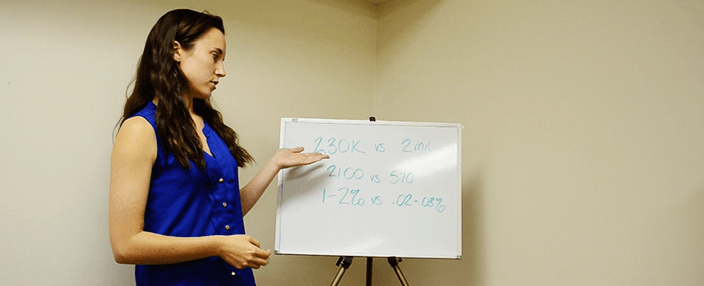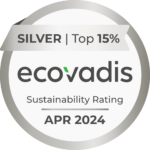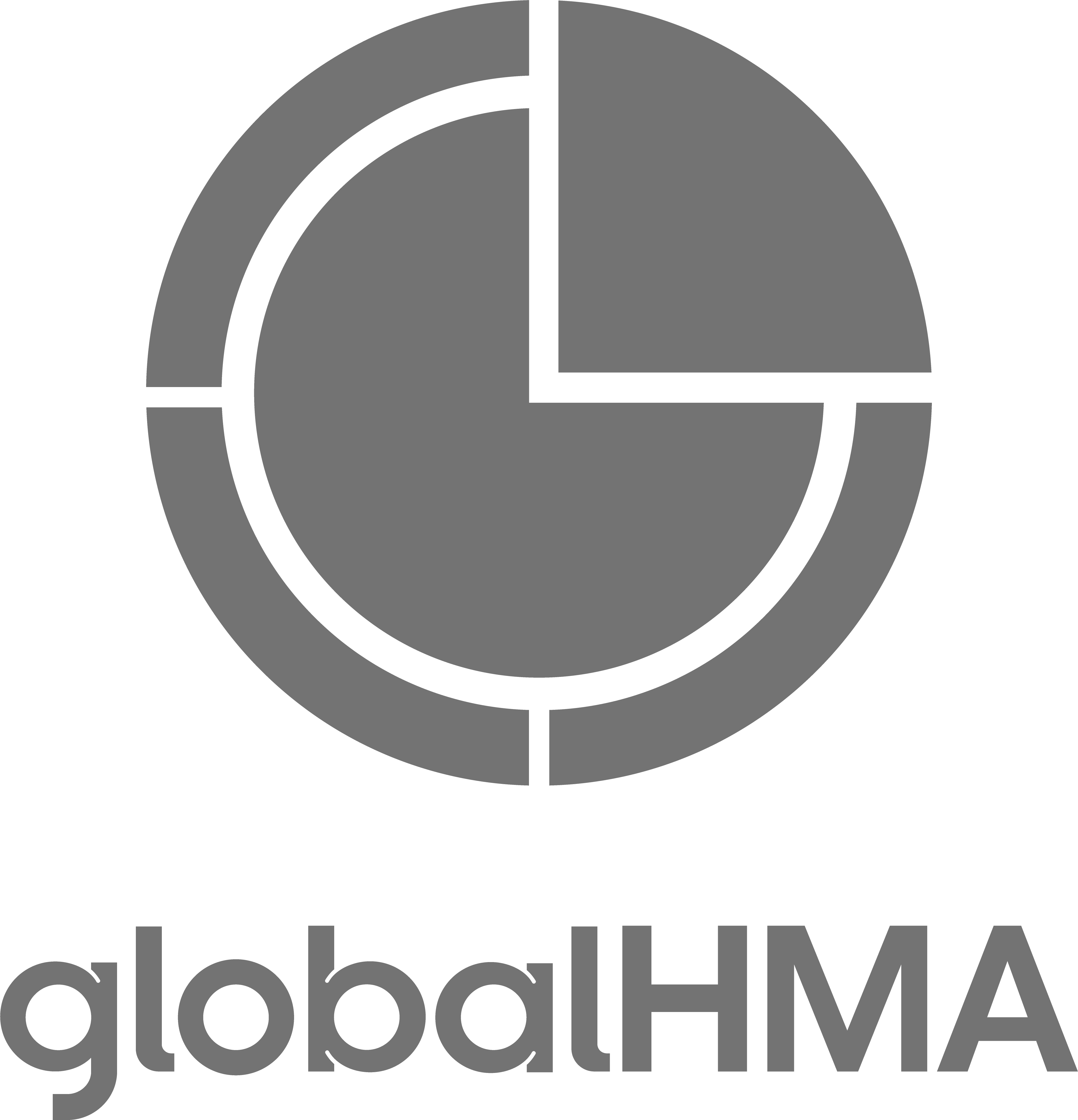I recently had the chance to conduct a case study on one of our client’s PPC campaigns as you can see the video here: http://youtu.be/G-WdksBqRNM. A LinkedIn campaign for one brand and an AdWords campaign for another ran simultaneously for the past six months. Both campaigns met the recommended click-through rates for each platforms: 1-2% for AdWords and 0.02-0.03% for LinkedIn. We set up the costs to be equal across both campaigns. The goal of the campaigns was to generate leads, and the results were as follows:
Google AdWords – 230,000 impressions and 2,100 clicks
LinkedIn – 2,000,000 impressions and 570 clicks
Even though the LinkedIn PPC campaign got fewer clicks, it did meet the recommended click-through rate as previously mentioned. Some might believe that the two million impressions on the LinkedIn campaign shows that this campaign was more successful; however, we have to remember the goal of the campaign was to generate leads, not to create brand awareness. From this standpoint, the LinkedIn PPC campaign was less successful, since it only generated 570 clicks.
One of the tools we used on LinkedIn that we found most promising was the click-to-contact feature. If a LinkedIn user saw the client’s ad and wanted to contact for more information, they could simply click to contact and fill in their information along with a short message. We received 40 email addresses as a result of this process. The click-to-contact feature allowed us to reach a potential customer through email at this point, a significant benefit to the client. In fact, we could even have crafted a direct contact campaign from this with just a little research. This tool had the potential to be very useful and was actually one of the few features that LinkedIn had over Google. We know that it generally takes 7-10 touches to cultivate a true lead in sales, so acquiring contact information in this way enabled an easy opportunity to reach potential customers. The bad news: LinkedIn is getting rid of this feature, citing too few users taking advantage of the tool.
When we analyzed the actual functionality of both tools, the big picture really made the better platform clear to us. People on LinkedIn are looking to connect with colleagues and relevant contacts, read industry-related news and get noticed. They are not looking or searching for answers to problems or questions. When people input information into LinkedIn, it’s based on their perception of themselves. It’s quite easy to cover up and hide information you don’t want seen, and it’s just as easy to lie about information you want others to notice. These are the factors on which LinkedIn bases its PPC campaigns.
On the other hand, Google AdWords is essentially based on keywords that users type in a search bar. These users are looking for answers and solutions to problems. They are seeking, looking, doing. It’s no wonder our AdWords campaign generated more clicks with fewer impressions. People were searching for the client’s products and services, and the ad was there providing the solution.
If your company’s goal is to generate leads online, our first recommendation has been and will remain a Google AdWords PPC campaign. If you’re skeptical about online campaigns in general, contact one of us at the agency. We’re just a click, phone call, email or text away. And yes, we’ve always got our devices with us.





2 Comments